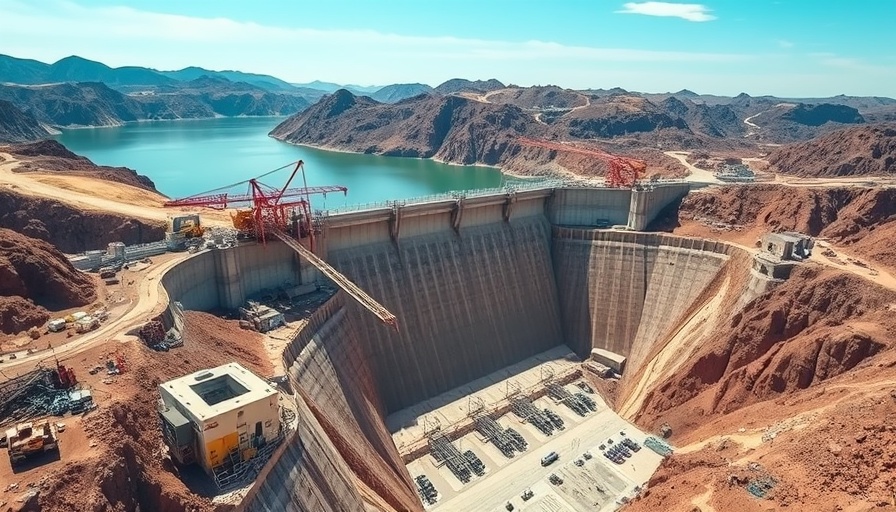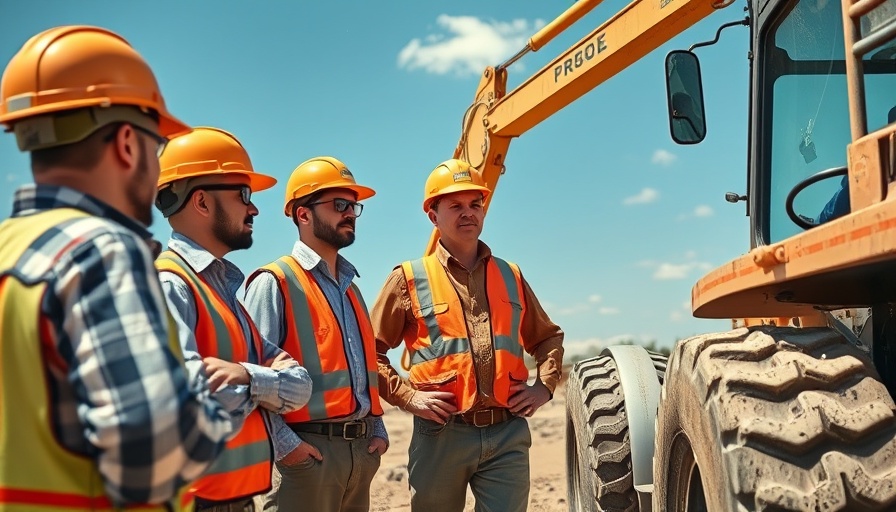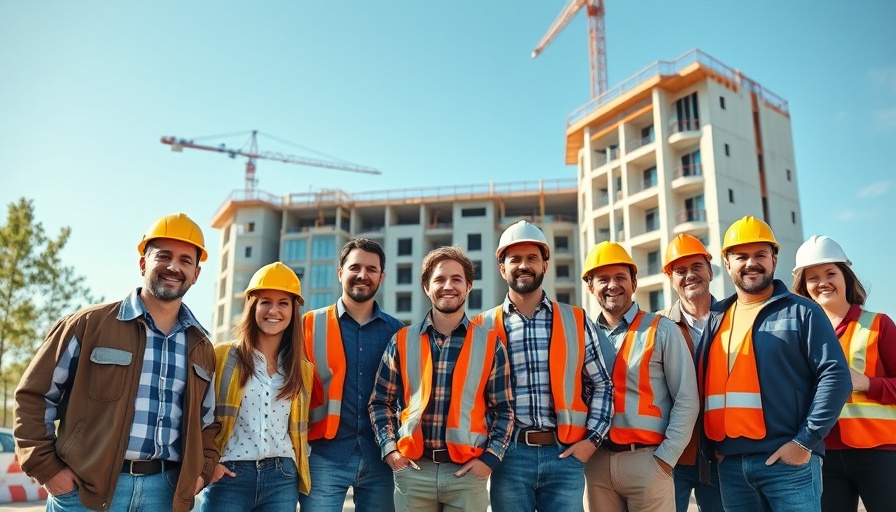
Climate Modeling and AI: A New Direction for Innovative Construction
As extreme weather events and aging infrastructure pose increasing challenges for the construction industry, the need for innovation is urgent. Business owners, property developers, and facility managers must understand how advanced technologies like climate modeling and artificial intelligence (AI) can enhance building practices while navigating complex legal landscapes.
The Role of Legal Considerations in Innovation
Industry experts at the Building Innovation 2025 conference recently underscored that while adopting innovative construction solutions is crucial, understanding the legal implications of these new approaches is equally vital. Yvonne Castillo, a professional liability risk advisor, highlighted that innovation is no longer just a competitive advantage but, rather, an essential survival skill. With an increasing liability linked to untested methodologies, builders must anticipate potential legal challenges, using, for instance, historical legal signals to inform decision-making.
Navigating Risks Through Advanced Data Tools
As climate change reshapes the construction landscape, federal agencies are also adapting their expectations. According to Casey Robb, president of C. F. Robb Consulting Services, traditional building codes often fall short when faced with the frequency and intensity of modern disasters. Adoptive measures, particularly climate modeling, provide critical insights that can not only enhance the sustainability of projects but also foster community resilience. For builders, these predictive tools empower them to design structures that are not only compliant with regulations but are also mindful of risk mitigation strategies.
The Importance of Cost Management in Innovative Projects
Cost-conscious businesses and homeowners are particularly attuned to how innovations in construction can impact their bottom line. Whether through sustainable building practices or smart technology integration, the ultimate goal remains: maximizing value while minimizing risks. This means investing in smart analytics and ensuring that project delivery methods are optimized for efficiency without sacrificing quality.
Future Predictions: AI's Role in Construction
Looking towards the horizon, AI holds a transformative potential for the construction sector. By leveraging AI-driven data analysis, builders can gain predictions about material performance and labor needs, thereby enhancing project planning and execution. As the industry continues to face budgetary constraints and rising costs, AI’s integration can serve as a cost-balance mechanism that sharpens decision-making processes, ensuring that resources are allocated optimally.
Making Informed Decisions for Sustainable Growth
As businesses tackle the multifaceted challenges of construction in an era defined by uncertainty, informed decision-making based on actionable insights from climate modeling and AI becomes imperative. Stakeholders can capitalize on these technologies, not just to improve compliance and operational efficiency but also to forge a path that prioritizes sustainability and resilience in their business practices.
In conclusion, understanding the intersection of climate modeling, AI, and legal considerations is fundamental for any stakeholder aiming to advance in the construction industry. Emphasizing technological adoption and compliance is a step towards not only building better structures but also creating safer communities overall.
If you’re a construction professional keen to explore further how climate-related technologies can be integrated into your projects, consider attending industry conferences or workshops focused on innovation. Building a strong foundation today will lead to a more resilient tomorrow.
 Add Row
Add Row  Add
Add 




 Add Row
Add Row  Add
Add 

Write A Comment